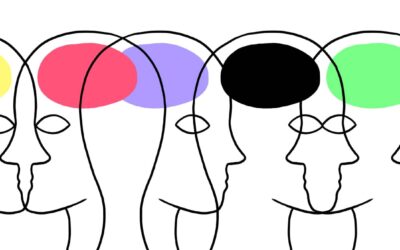Meltdowns are complex, and to any ordinary person witnessing one, they might think it is a temper tantrum. It’s not. Meltdowns occur either due to an overstimulation of the environment (loud noises, bright lights, crowded places etc.) or their coping capacity is worn out. What is so so important to remember is that a meltdown is NOT a sign of bad parenting and it is NOT within the child’s control. This blog post will go into detail about the triggers and signs to look out for before the meltdown, what to say (or rather what not to say), what to do and how to deal with them.
SIGNS OF AN UPCOMING MELTDOWN:
When you start to figure out the triggers and signs that cause your child to meltdown, you are able to handle the meltdown a lot easier. Every child has different “rumblings”, however here are a few examples:
- Freezing – They feel numb, difficulty moving
- Eye contact will disappear or become minimal
- Stimming may increase more than usual
- There could be an extreme change in behaviour ( this could happen suddenly)
- Other physical symptoms include: Sweating, raised heartbeat, crying, stomach cramps and skin flushes
The first thing to do when you notice the triggers is to not say anything. Absolutely nothing. Do not ask them what is wrong and do not tell them to “calm down” Why? Your child’s pre-frontal cortex is functioning as if it is separate from the brain. They are unable to process any more information. All they will hear is more noise = more anxiety and overstimulation = meltdown.
So what do you do?
As there is no one-size-fits all in anything related to Autism, there is not one strategy that every parent can use. However, there are general techniques and guidelines that can be tried and tested until you find the one that works:
- You need to SHOW your child coping mechanisms- as discussed in my Instagram post, you need to model the behaviours you want your child to engage in in order to calm down. Examples include: noise canceling headphones, weighted blankets, dark glasses
- You need to remain as calm as possible. Have a neutral expression.
- Do not make any sudden movements.
- Safety is key- remove objects that could be harmful.
Are there ways to prevent it?
Meltdowns can be tiring. However there are certain things you can do in order to minimize and ultimately prevent them from occurring.
- Have a daily routine and adhere to it.
- Know and understand your child well. Know the triggers, know their favourite toy, blanket, whatever makes them happiest.
- Observe your child closely for any “rumblings” so you have time to act on it.
- Always check for physical cues- hunger, stomach problems, cold etc.
- Always offer alternatives.
- Teaching your child emotion regulation.
Emotion regulation is key in getting your child to understand their emotions, how they are feeling, why they are feeling this way and what coping mechanism they are able to utilize in order to get back down to their regulated state.
You can do this by using visuals. I believe visuals are so important! Have all the emotions available to your child to see and the various coping mechanisms. For example, teach your child what it looks and feels like to be anxious and immediately present the coping mechanism e.g. deep breaths while picturing their favourite colour. This is just one example.
Conclusion
Meltdowns are part of raising a child on the spectrum. While it can be tough, draining and stressful, know that you are not alone. Having the correct strategies in place, knowing your child’s triggers and tools to utilize can help them come back to their regulated state a lot quicker.



0 Comments